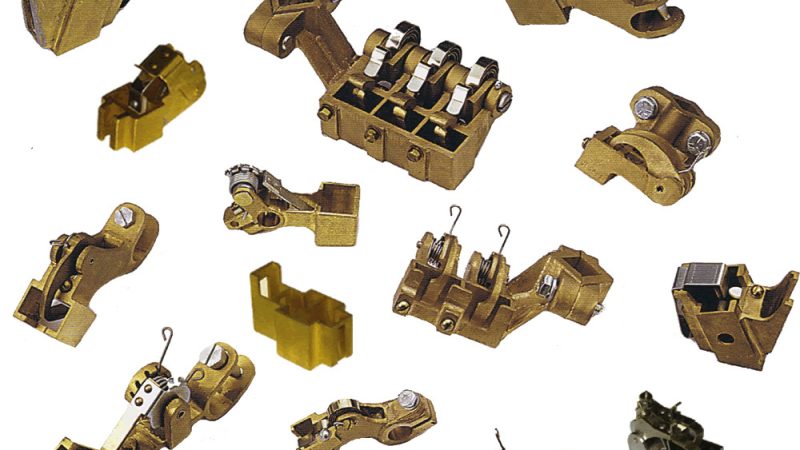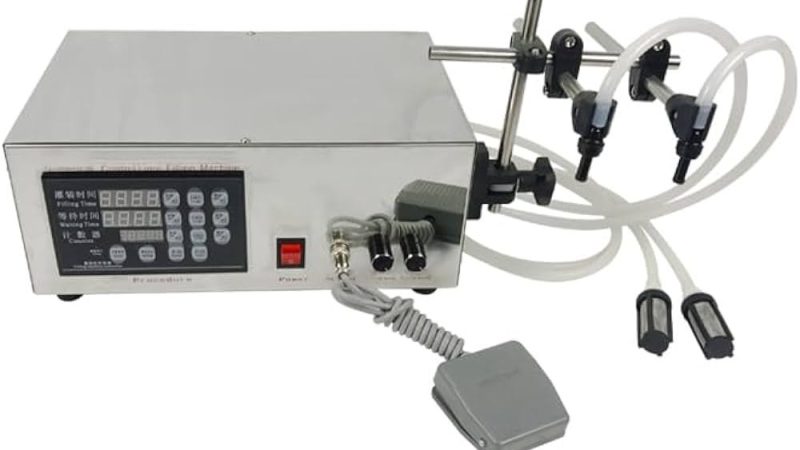All You Need To Know About the Overall System Effectiveness

Production optimization is a never-ending task in manufacturing. But it’s a deserving one. A single improvement on a manufacturing line may result in revenue of tens of thousands of dollars. And it’s during optimization that the phrase “overall equipment effectiveness” or OEE can come up.
What is OEE or Overall Equipment Efficiency and how does it assist with the production evaluation? Let’s have a look at what we’ve got.
OEE is an acronym for “Overall Equipment Efficiency”.
Definition: OEE or Overall Equipment Effectiveness measures how well a manufacturing line, equipment, or other assets operate when three primary variables are taken into account: availability, performance, and quality. These three factors will help you to measure cost production. Manufacturers can assess their current production (How much do we produce?) versus their maximum resource potential (How much would we produce in an ideal scenario?) using OEE or overall asset effectiveness.
Consider an 8-hour shift at the factory. There can be times throughout that period when the assembly line isn’t performing at its best. There may be downtime, equipment faults, or other difficulties that cause production to be slowed for a few minutes.
All of this has an impact on the actual period when production is at its peak. The shop floor would function at maximum speed (performance factor) for the whole allotted period (availability factor), generating only non-defective items (quality factor). The OEE or overall asset effectiveness ratio of such a line is 1.0, or 100%.
While achieving the ideal outcome might be difficult and expensive, there are compelling reasons to attempt to improve your OEE or overall asset effectiveness.
What is the significance of OEE or overall asset effectiveness?
Going with the definition then Analyzing production via Overall Equipment Efficiency has three primary advantages:
Increasing capacity for output
According to definition OEE or overall asset effectiveness aids in the detection of process bottlenecks. The key is real-time data collecting and rigorous analysis. You can reduce one of the largest challenges in production — downtime – by forecasting and avoiding equipment faults. This will ultimately increase the performance of OEE or Overall Equipment Effectiveness.
- lowering costs
Another advantage of preventive maintenance based on OEE data is that it saves money or cost. You can keep equipment-related expenses down by effectively averting costly repairs and extended downtime. With OEE you can reduce costs.
- Increasing income and productivity
The purpose of OEE or Overall Equipment Effectiveness optimization is straightforward. Produce more things in the same amount of time as before. When combined with improved manufacturing quality, you’ll be able to service more clients in the long run. And this contributes to the larger aim of increasing income and production. The availability of OEE or overall asset effectiveness is calculated as follows:
- Operating time divided by planned production time equals availability.
- Operating time – The amount of time the line is really generating items.
- Planned production time – When the line should be operating at a certain time.
The calculation or formula of the OEE Overall Equipment Effectiveness is not easy. Before calculation you have to take care of several things.
The following is an example of the availability equation; try to understand the given calculation:
Consider an 8-hour shift with a 7-hour production period planned by a manager. However, there was an unplanned 1-hour outage, bringing the total operational duration down to 6 hours.
Therefore:
Availability=6 / 7
Availability = 0.857 (about 85.7%)
The formula for calculating OEE performance
(Total count x Ideal cycle time) / Operating time = Performance
Total count – The total number of items produced in a certain period of time.
Ideal cycle time – The amount of time it takes to make a single product.
Assume you can construct one product in no more than five minutes. The line was able to generate 65 products in a 6-hour manufacturing period (360 minutes).
65 x 5 / 360 = Performance
Performance = 90,3 percent (0,903)
The quality of OEE is determined by a formula calculation.
Quality is the number of good pieces divided by the total number of parts.
The amount of created items that fulfill quality criteria is referred to as “good pieces.”
The total number of pieces created, including faulty ones, is known as the total number of pieces.
A firm produced 65 goods, five of which were faulty, as an example of the quality equation.
60/65 in terms of quality
Quality = 0,923 (or 92.3%).
How can OEE or overall asset effectiveness be improved?
The total OEE or Gesamtanlageneffektivität score is influenced by a number of factors. Preventive maintenance, lean manufacturing, and automation are all examples of best practices that may substantially enhance manufacturing processes. In addition, as per OEE benchmark there are substantial place for improvement.
But it all begins with gathering data. The backbone of improvements is real-time information, reporting, and analysis. You can detect bottlenecks, weak points, and inefficient procedures based on data.
Asset upkeep is also necessary. Managers may offer updates like automatic spare parts and work order scheduling by gaining an overview of machinery, equipment, or the supply chain. One of the overall asset effectiveness or OEE benchmark is that it is considered 85% world class for discrete manufacturer. An OEE benchmark of 100% means that the production is perfect, a benchmark of 60% is typically fair, and a Overall Equipment Efficiency benchmark of 40% means its low.
The Production Issues
The OEE or Overall Equipment Efficiency formula helps the manufacture to envision the performance of the work easily. A good performance is a benchmark of every work. The thing which is very important is SAP; the OEE SAP is a manufacturing solution which helps the manufacture to broaden the horizons. The online and historical data is based on SAP. The manufacturing integration and intelligence can easily be found in SAP.






